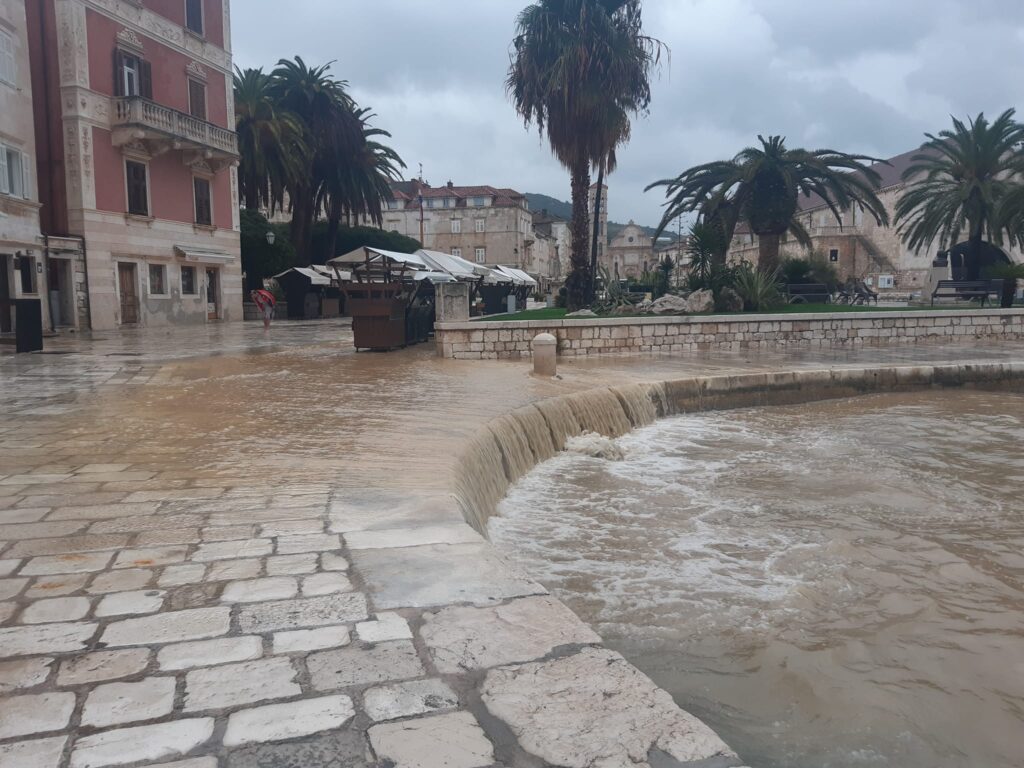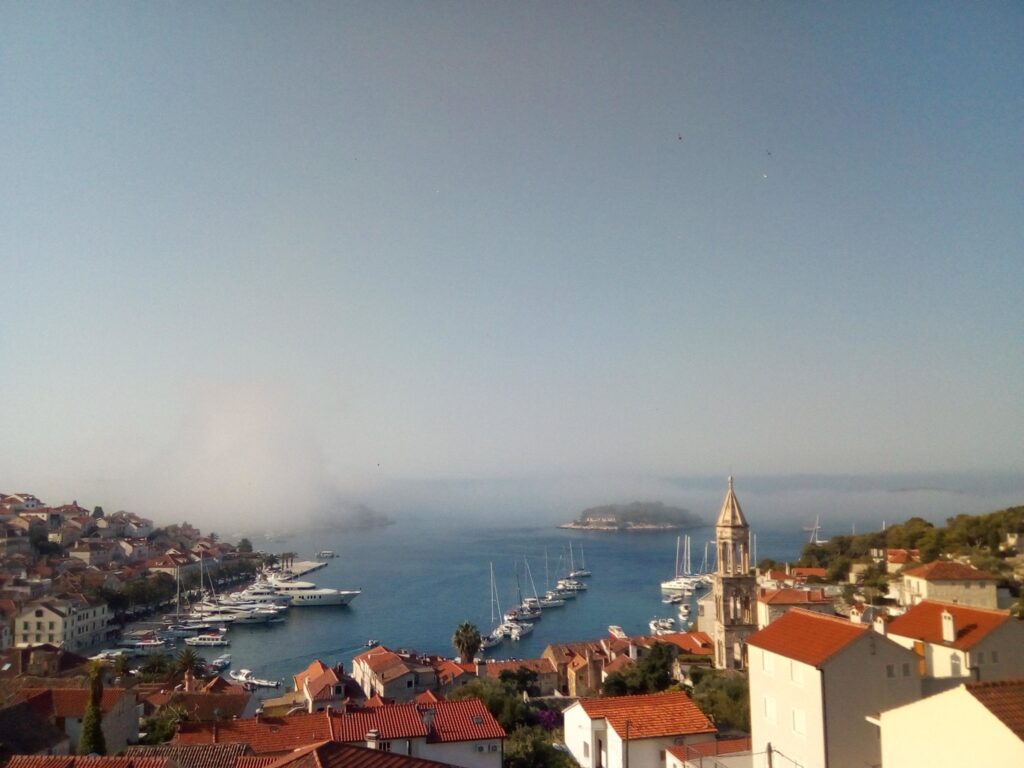The island of Hvar was entered in the weather map some 150 years ago thanks to the tireless and enthusiastic local researcher Grgur Bučić, who was among other things, the founder of the Hvar weather station back in 1858. Bučić worked as a postman, but he dedicated his whole life to sciences, from archaeology to botany, thus attracting numerous central European scientist who he worked and had correspondence with. Thanks to his engagement, Hvar was recognised as a place of a mild and temperate climate, suitable for development of health tourism. Therefore, he is considered as one of the pioneers of tourism on the island.
Today, Hvar is known and advertised as “the sunniest island”, because it has more than 2000 hours of sun per year. Although the tourism marketing is very strong, the actual measuring proved, almost a hundred years ago, that beautiful Komiža on the south side of the island of Vis has more sunny days than the high-profile Hvar.
In 150 year of continuous weather observations and measuring, the island was not deprived of interesting and unusual occurrences, even those that are not typical of Mediterranean. In a night of January 1938, the Hvar fishermen were scared by the red bright light in the sky so that they ran away to their homes. The people in the town of Hvar were running in panic through the streets thinking that there was a huge fire somewhere or that the light was an omen of a future bloody war. It was the polar light that has not been seen in the sky above Hvar ever again.
Although Hvar is globally known by its mild and temperate climate, there have been also strong and heavy winters. The “winter of the century” in 1929 also affected Hvar. It was the year when in January and February many public affairs and works were cancelled because the ovens could not heat the rooms, the water froze in kitchens, and the local government assigned the capable men to clean the frozen snow in the streets of Hvar! The temperature was as low as -6°C. However, the actual temperature record was broken in January 1947, when the temperature reached -8°C. The extreme cold caused the citrus and carob trees to wither, and it took palm trees on the waterfront full eight years to recover. It snows on Hvar almost every winter, but it seldom happens the snow that falls sticks on the ground. The last time it happened was at the end of February 2018. The record snowfall was in March 1956, individual places measured as high as 30 cm of snow. The island roads were blocked and temporary boat lines were introduced between the villages and bays. A heavy snowfall was also recorded in the war year 1942. Not used to the snow, the people of Hvar were afraid that the snow would kill all the vegetables in their gardens, but actually the opposite happened, the snow served as protection for the grown cabbage and other plants. Normally, snow is a rare and unexpected occurrence in our area and it is very difficult to forecast when it would fall and whether it would stick or not. However, certain factors are required, such as soil humidity, the arrival of a cyclone from the Tyrrhenian Sea and the simultaneous penetration of a cold front from the north, to make it highly possible to enjoy snow.

Fog is also becoming an increasingly common phenomenon on the island, especially in spring and autumn. It interferes with everyday activities, but the eye of a photographer finds it mystical and somewhat romantic. Rain is a frequent companion in the colder times of the year. The record amounts of precipitation are recorded in October and November. The beginning of October 2005 is the record breaker with more than 285 mm per square meter of rain that fell in just one day, which caused enormous problems and material damage. A year before, in November 2004, Hvar was ravaged by a very strong bora that fitfully exceeded the speed of 180 km/h and toppled hundreds of trees on green areas. The strong gusts of wind broke the anemometer sot the precise speed could not be measured.
Many other occurrences and interesting facts can be found in the comprehensive records of Hvar meteorology. The specific data tell us that actually everything is possible, and that even the things that seem strange to us today, really happened in the past.
Read more about Climate Change in Hvar Island.

